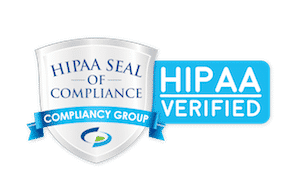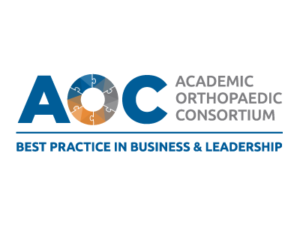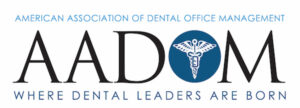The Evolution of Healthcare Reviews: From Word-of-Mouth to Digital Trust
In today’s digital-first healthcare landscape, your online reputation is often a patient’s first impression of your practice. While star ratings catch the eye, a truly effective review strategy delivers much more than just numerical scores. The healthcare decision-making process has transformed dramatically over the past decade, with digital reputation now playing a pivotal role in patient choice.

According to recent studies, about 94% of patients today use online reviews to evaluate healthcare providers. This statistic alone demonstrates the critical importance of maintaining a strong online presence. However, what turns a casual browser into a new patient goes far deeper than a 5-star rating.
Understanding Modern Patient Decision-Making
Today’s patients are more informed and discerning than ever before. They seek comprehensive information about their potential healthcare providers, including:
- Detailed descriptions of patient experiences
- How providers handle challenging situations
- Specific information about wait times and staff interactions
- Evidence of consistent quality care
- Provider responses to feedback
- Specialty-specific expertise and outcomes
- Practice facility and technology information
- Insurance and payment processes
Building a Trust-Based Review Strategy
-
Perfect Timing and Patient Engagement
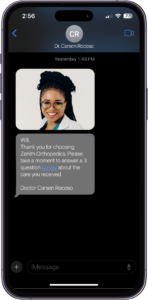
The foundation of gathering authentic reviews lies in strategic timing and engagement. SocialClimb’s automated review system sends requests within 24 hours of care, when experiences are fresh and patients are most likely to provide detailed feedback. This approach has shown to increase review response rates by up to 10 times compared to manual methods.
Key timing considerations:
- Immediate post-visit feedback requests
- Follow-up reminders for incomplete reviews
- Special attention to first-time patient experiences
-
Embracing All Feedback: A Growth Mindset
Every review represents an opportunity to demonstrate your practice’s commitment to patient care and continuous improvement. Here’s how to maximize the value of different types of feedback:
Positive Reviews:
- Thank patients for their time and specific feedback
- Reinforce positive aspects mentioned in the review
- Keep responses HIPAA-compliant while being personal
- Use keywords naturally in responses
- Highlight specific services or staff members mentioned
- Share success stories (with permission)
Constructive Feedback:
- Respond promptly and professionally
- Show genuine concern for patient experiences
- Outline specific steps for improvement
- Take conversations offline when appropriate
- Follow up on resolved issues
- Document changes made based on feedback
- Share improvements with your team
-
Strategic Response Management: The Art of Communication
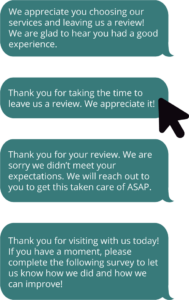
Your responses to reviews are as crucial as the reviews themselves. They demonstrate to potential patients your practice’s:
- Communication style and professionalism
- Commitment to patient satisfaction
- Problem-solving approach
- Transparency and accountability
- Quality of patient care
- Administrative efficiency
-
Leveraging Reviews for Sustainable Growth
Transform your review strategy into a powerful growth engine by:
- Highlighting positive reviews in marketing materials
- Using feedback to improve the patient experience
- Identifying trends through review analytics
- Building a consistent brand voice in responses
- Creating case studies from success stories
- Developing targeted improvement initiatives
- Training staff based on feedback patterns
Advanced Metrics: Measuring Success Beyond Basic Stars
Comprehensive Performance Metrics
- Review Volume and Frequency
- Response Rate and Time
- Detailed Feedback Percentage
- Patient Sentiment Trends
- Conversion Rates from Reviews
- Competitive Benchmark Comparisons
- Staff Performance Insights
Setting and Achieving Strategic Goals
Start with these research-backed benchmarks:
- 10% minimum review rate from patients
- 24-hour maximum response time to all reviews
- Minimum 50-word responses to detailed reviews
- Monthly trend analysis and strategy adjustment
- Quarterly competitive analysis
- Semi-annual strategy reviews
- Annual goal setting and performance evaluation
Implementing Your Comprehensive Review Strategy

Essential Tools and Resources
- Automated review requests
- Customizable response templates
- Performance tracking system
- Staff training materials
- Crisis management protocols
- Compliance guidelines
- Marketing integration tools
Industry Best Practices
- Maintain consistent brand voice across all platforms
- Train all patient-facing staff on review management
- Conduct regular strategy reviews and updates
- Focus on authentic patient experiences
- Integrate review management with overall marketing strategy
- Maintain HIPAA compliance in all communications
- Develop crisis management procedures
- Create content based on common patient questions and concerns
Future-Proofing Your Review Strategy
As healthcare continues to digitalize, your review strategy must evolve. Stay ahead of the curve by:
- Monitoring emerging platforms and technologies
- Adapting to changing patient preferences
- Implementing new feedback channels
- Maintaining authentic engagement
- Understanding generational differences in review consumption
- Adapting to new privacy regulations
Ready to transform your practice’s review strategy? Schedule a call to learn how SocialClimb can help you build trust through effective review management and turn patient feedback into a powerful growth engine.



